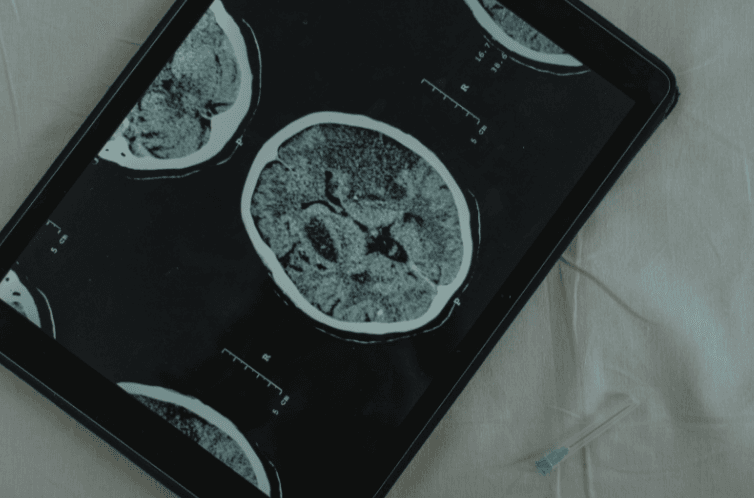
Understanding Neurology Clinical Trials
Neurology clinical trials investigate new therapies, diagnostic tools, or prevention strategies related to disorders of the nervous system. These trials cover a wide range of conditions, including multiple sclerosis, epilepsy, Parkinson’s disease, Alzheimer’s disease, and stroke. The primary goal is to evaluate safety, efficacy, and long-term effects of novel interventions to improve patient outcomes.
Because neurological conditions often have complex symptoms and progression, clinical trials in this field require specialized protocols and comprehensive patient involvement. For patients, understanding the trial phases, inclusion criteria, and potential risks or benefits is crucial before enrollment.
The Importance of Patient Preparation
Patient preparation is a vital component that influences the success of participation in neurology clinical trials. Well-prepared patients can adhere more effectively to trial protocols, report symptoms accurately, and communicate with research teams efficiently.
Key aspects of patient preparation include:
- Medical History Review: Collecting detailed medical records, including previous treatments and test results, helps researchers determine eligibility and tailor monitoring.
- Medication Management: Informing the research team of all current medications and supplements ensures there are no conflicts with the trial intervention.
- Lifestyle Adjustments: Some trials may require temporary changes in diet, exercise, or daily routines. Being mentally prepared for these adjustments promotes compliance.
- Understanding Trial Commitments: Patients should be aware of the frequency of clinic visits, required tests, potential side effects, and duration of participation.
Clear communication with the trial coordinator or healthcare provider helps address concerns, clarify expectations, and build trust.
Key Considerations Before Joining a Neurology Clinical Trial
Before enrolling, patients should consider several important factors:
- Eligibility Criteria: Confirm that the patient’s condition, age, and medical history meet the trial’s requirements.
- Trial Location and Accessibility: Ensure the trial site is reachable, or inquire about decentralized trial options that allow remote participation.
- Potential Risks vs. Benefits: Evaluate the known risks and potential advantages in consultation with healthcare providers.
- Trial Duration and Follow-up: Understand the length of the study and the commitment required for follow-up visits or assessments.
These considerations help patients align their expectations and plan accordingly.
Navigating Neuro Research with PatLynk
Finding suitable neurology clinical trials can be daunting due to complex eligibility criteria and geographic limitations. PatLynk offers a user-friendly platform that connects patients with relevant trials based on their specific neurological condition and location.
PatLynk provides:
- A personalized trial matching using patient data and clinical trial databases to identify trials that fit the patient’s profile
- Simplification of the trials through an easy-to-understand format that breaks down complex protocols into clear, accessible information for patients.
- An end-to-end path connecting multiple investigation sites, ensuring seamless coordination and continuity throughout the clinical trial journey.
By streamlining the trial identification and enrollment process, PatLynk empowers patients to make informed decisions and participate in advancing neurology research.
The Future of Neurology Clinical Trials
Ongoing advances in neuro research are improving the design and accessibility of neurology clinical trials. Precision medicine approaches and biomarker-driven therapies are becoming more common, tailoring treatments to individual patient profiles. Additionally, decentralized trials and digital health technologies are expanding access, allowing patients to participate with fewer logistical challenges.
Platforms like PatLynk will continue to play a vital role by bridging the gap between patients and research opportunities, fostering broader participation and accelerating the development of novel neurological therapies.




